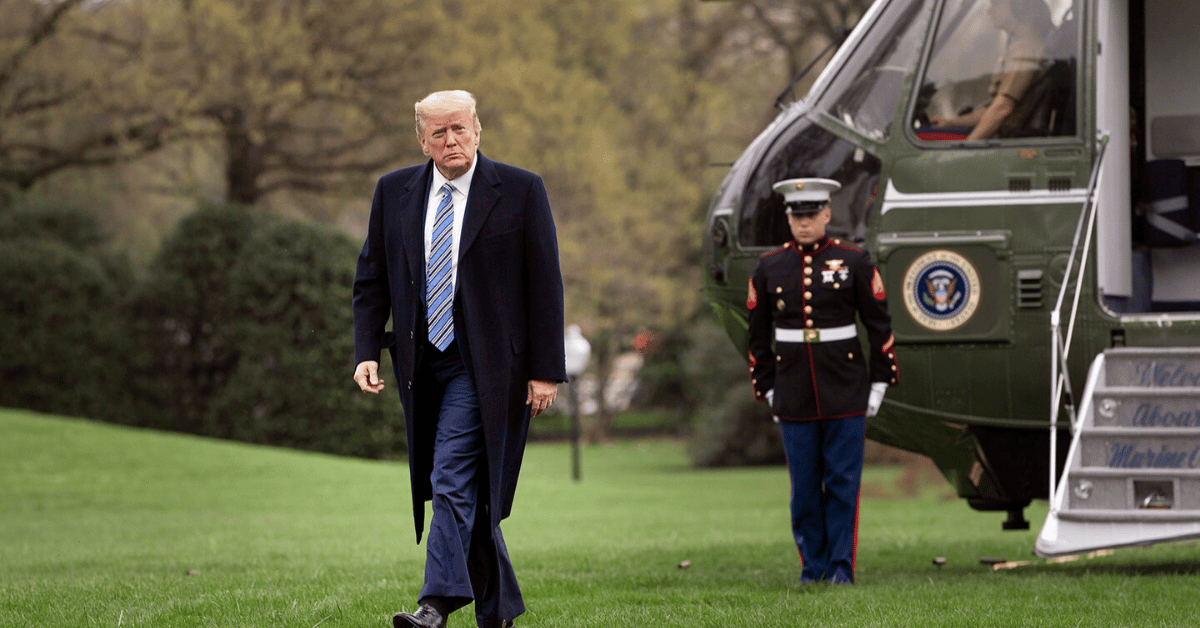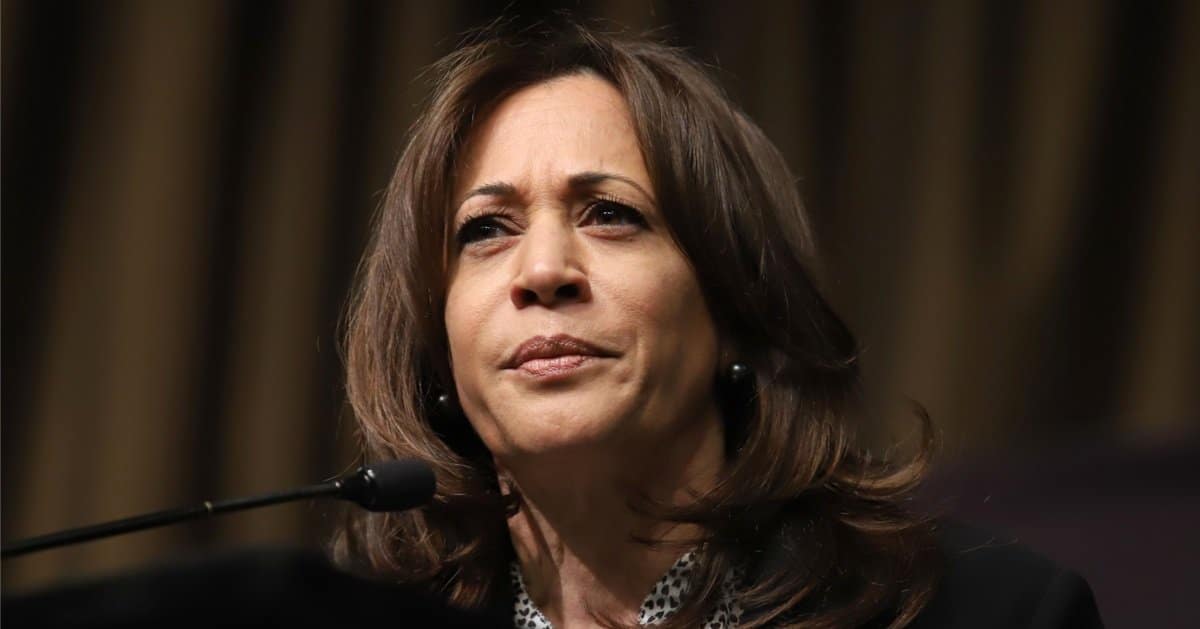


Eight federal oversight officials, ousted by President Donald Trump early in his second term, appeared in a courtroom to argue the unconstitutionality of their dismissal.
Fox News reported that the inspectors general, representing a larger group of 17 oversight officials terminated in January, are challenging the legality of their sudden dismissal. These events took place mere days into Trump's second term.
The lawsuit, initiated last month, claims that their removal was "unlawful and unjustified," chiefly seeking to have their positions reinstated.
However, U.S. District Judge Ana Reyes expressed skepticism regarding the possibility of reinstating the officials. She acknowledged the challenges presented by the situation, even as she expressed agreement with the plaintiffs that the firing process might have violated existing laws.
Reyes highlighted potential remedies, hinting at the possibility of ordering financial compensation instead of reappointment.
The legal dispute revolves around the 2022 amendment of the Inspector General Act of 1978, which mandates a reasonable explanation for dismissals, although it doesn't require a 30-day notice. The arguments in court predominantly focused on whether these inspectors general are classified as principal or lesser-ranked officers.
Earlier this year, Senate Judiciary Committee Chairman Chuck Grassley called for further illumination concerning the reasons behind the firings. Though he has requested more information, Grassley has not yet provided additional details about what transpired. The dismissals' justification remains a contentious topic.
In a preceding stage of litigation, the inspectors general faced another setback, with their request for a temporary restraining order being denied by Judge Reyes. The legal burden of proving imminent and irreparable harm proved to be an obstacle too high to overcome at that time.
The hearing for the preliminary injunction was regarded as a long shot by the plaintiffs. The White House defended the dismissals, asserting that they were in line with "changing priorities" within the administration. This argument, however, didn't fully assuage concerns about the underlying legality of the firings.
Judge Reyes provided candid feedback during proceedings, indicating her reservations about reinstatement through her comments. "Unless you convince me otherwise, I don’t see how I could reinstate the inspectors general," she stated. Her skepticism underscored the complex web of legal standards and executive prerogatives involved in the case.
Despite her firm stance on reinstatement, Reyes appeared to side with the plaintiffs on the violation of established norms. Her observations brought to light the potential for illegality in how these high-ranking officials were dismissed from their posts.
In their legal filing, the plaintiffs emphasized the broader implications of their complaint, describing the situation as an assault on independent and unbiased scrutiny of the administration.
"President Trump's attempt to eliminate a crucial and longstanding source of impartial, non-partisan oversight of his administration is contrary to the rule of law," they argued in their filing.
With reinstatement appearing increasingly improbable, the discussion shifted towards compensatory relief. Reyes acknowledged that while back pay doesn't equate with formal reinstatement, it could serve as an acknowledgment of wrongs committed.
The court's deliberation on this potential remedy illustrates the ongoing battle for a balanced approach to addressing perceived injustices.
The ongoing case has broader implications for the authority dynamics between different branches of government. It raises questions about how independent oversight can effectively operate within an administration while still respecting executive authority.
The court's decision on how to proceed remains critical to shaping the future of inspector general oversight and executive power. As this case unfolds, it remains a focal point for debates about accountability and the independence of oversight bodies.



